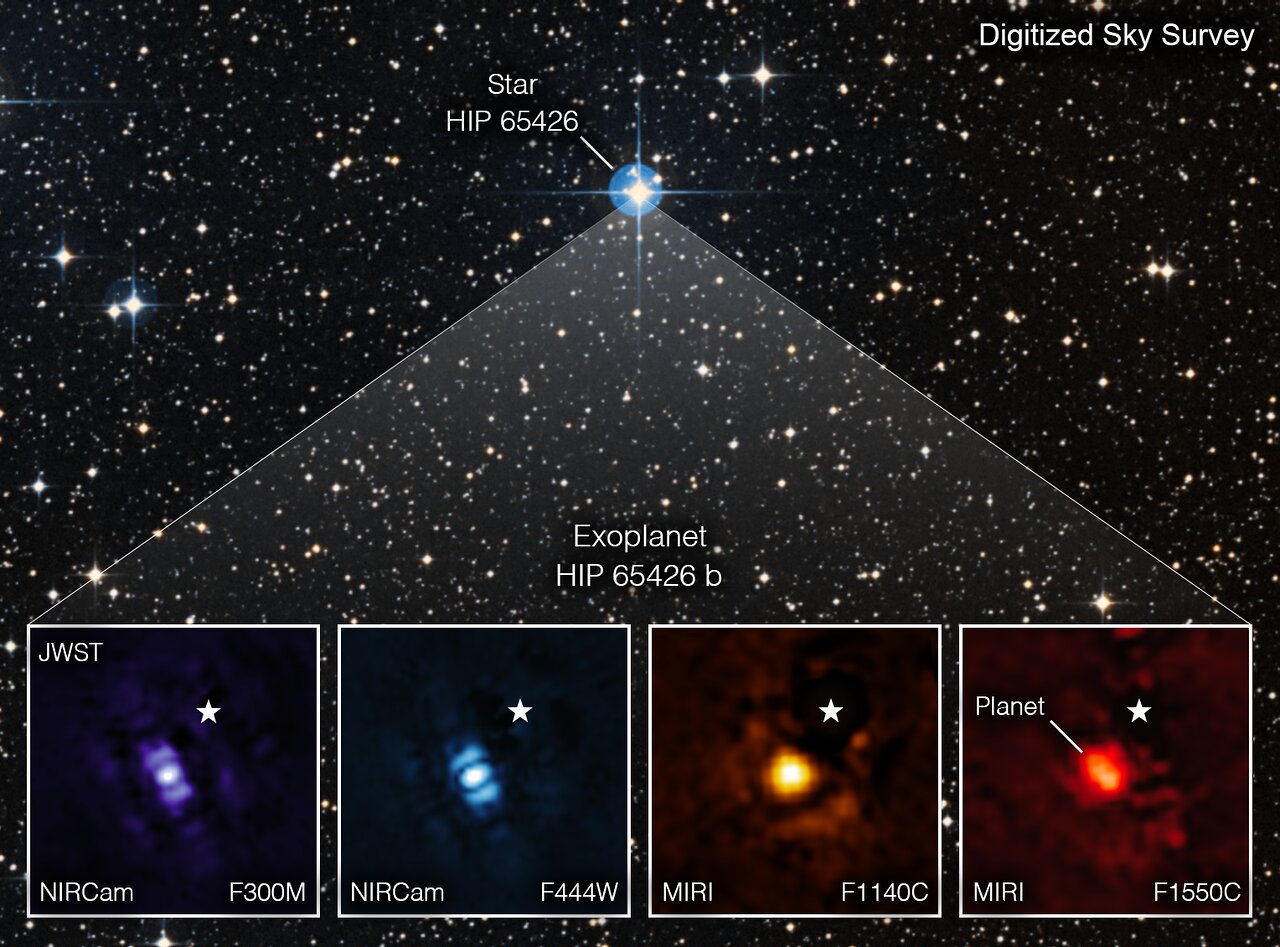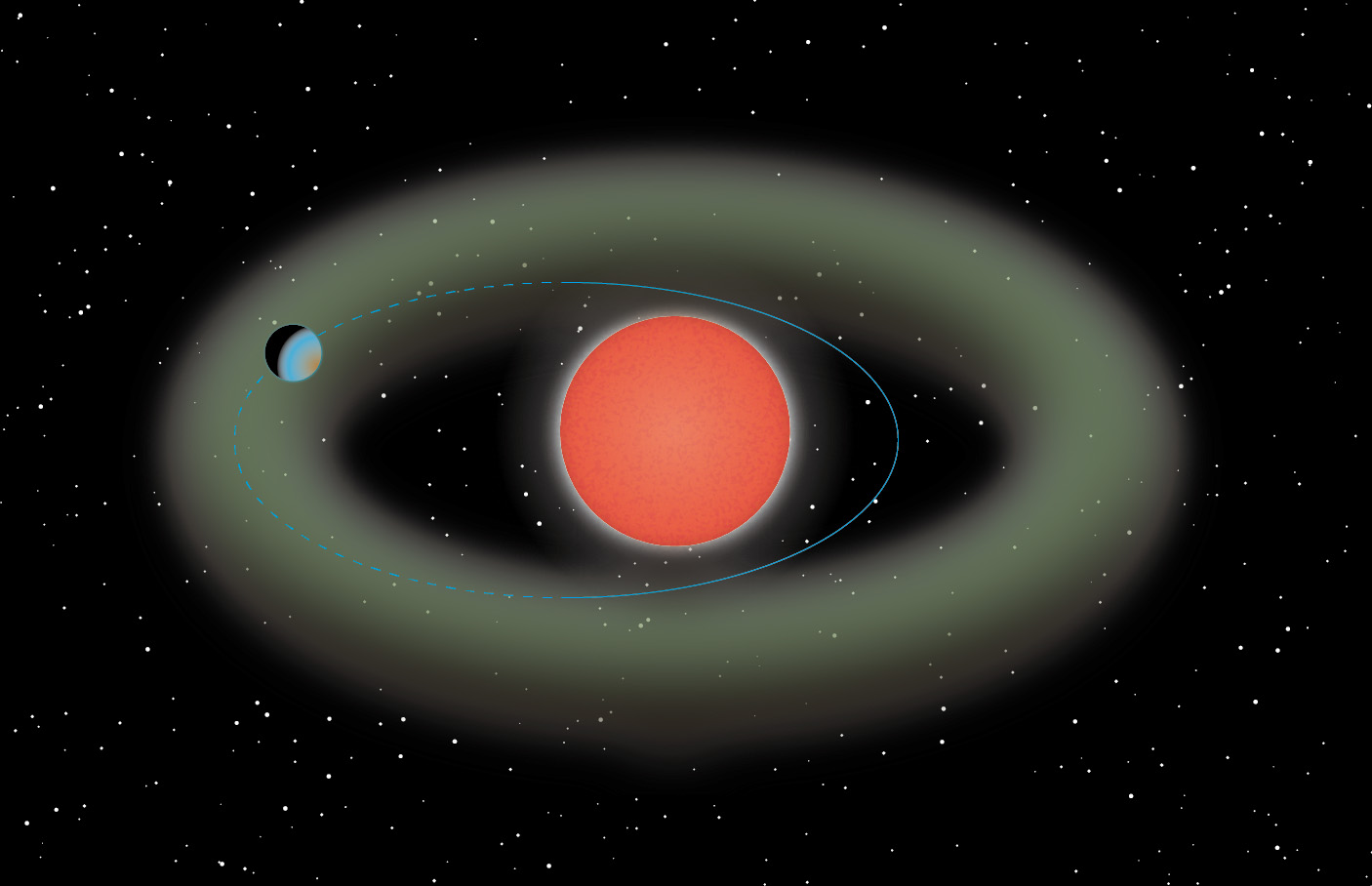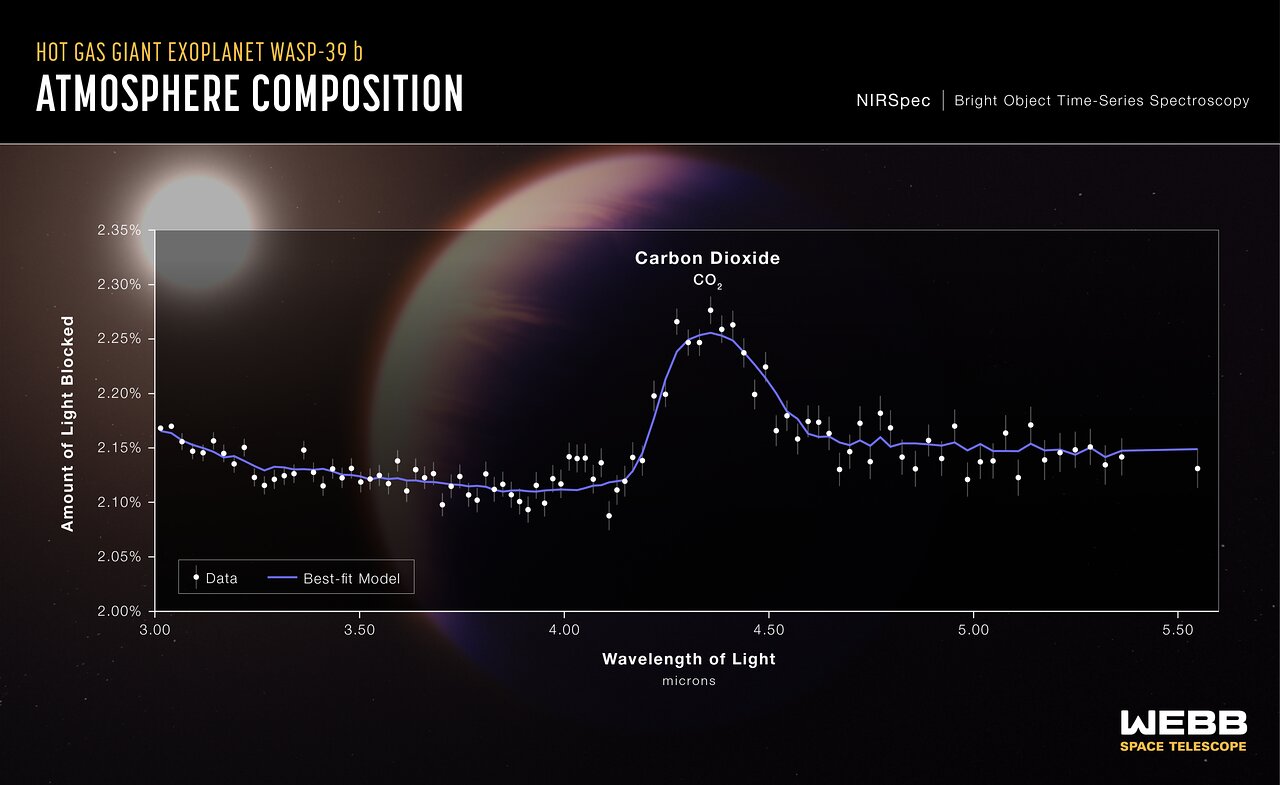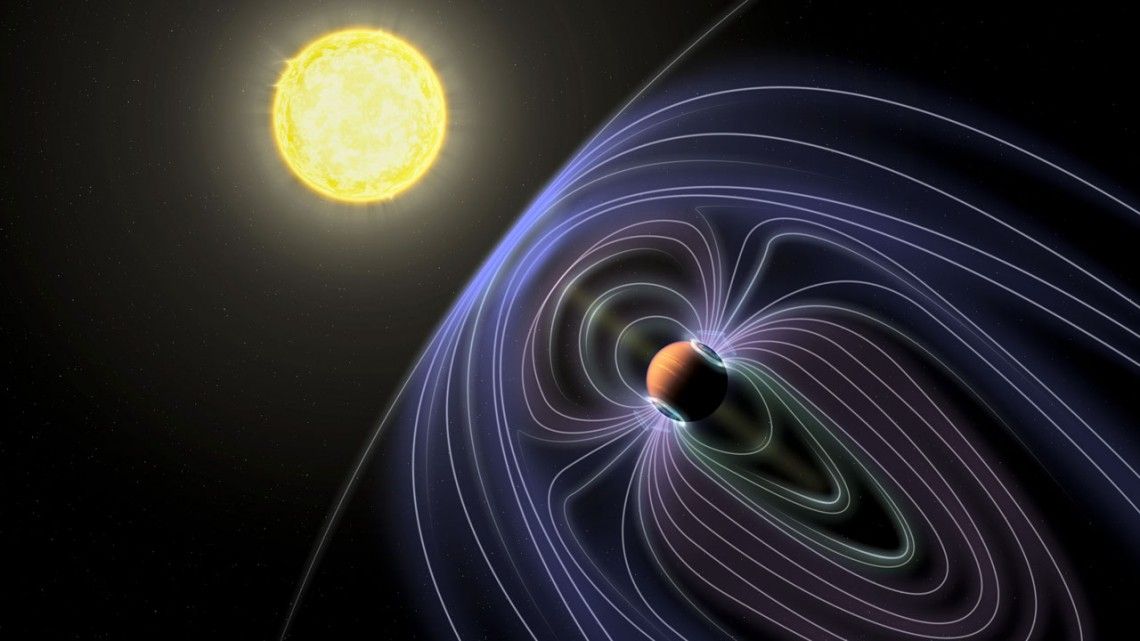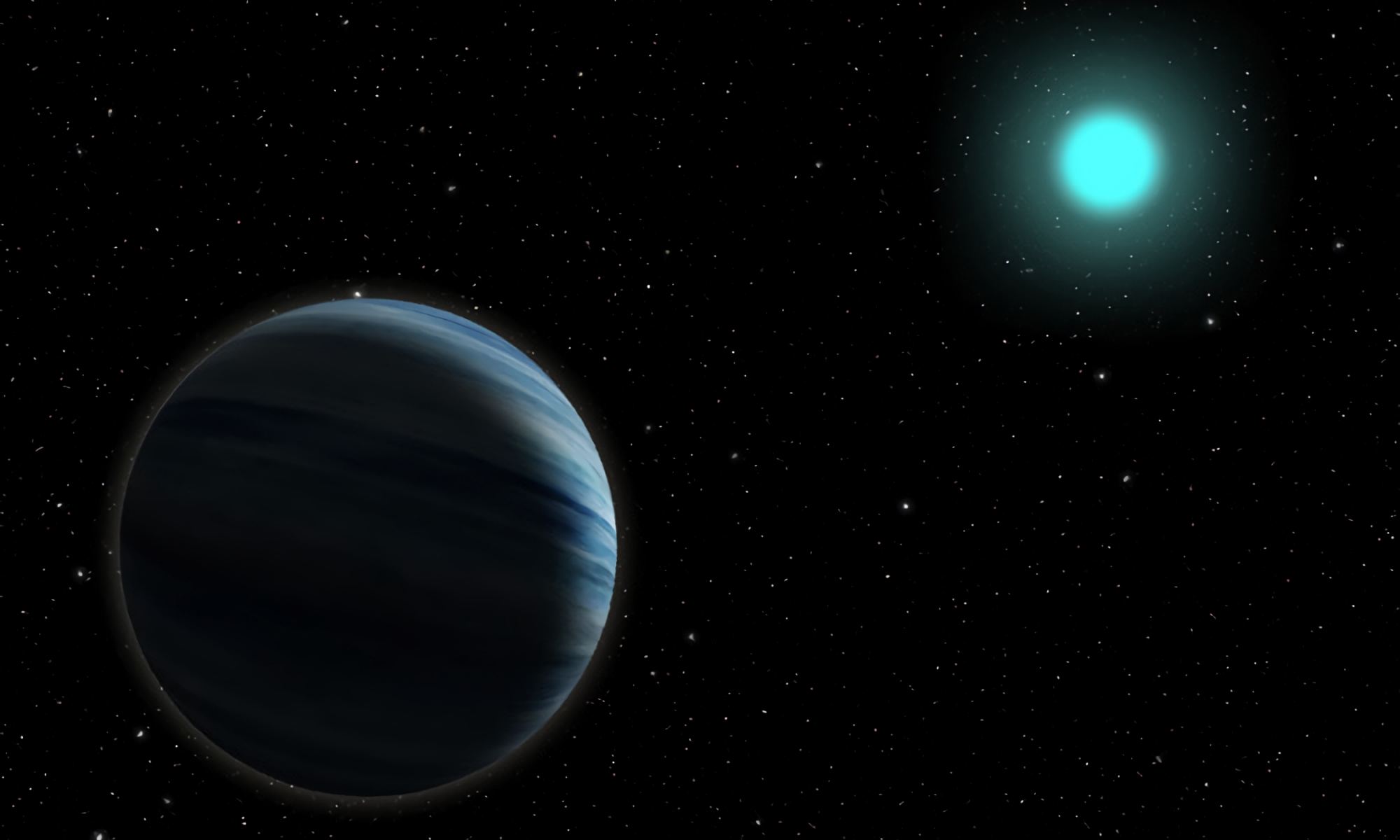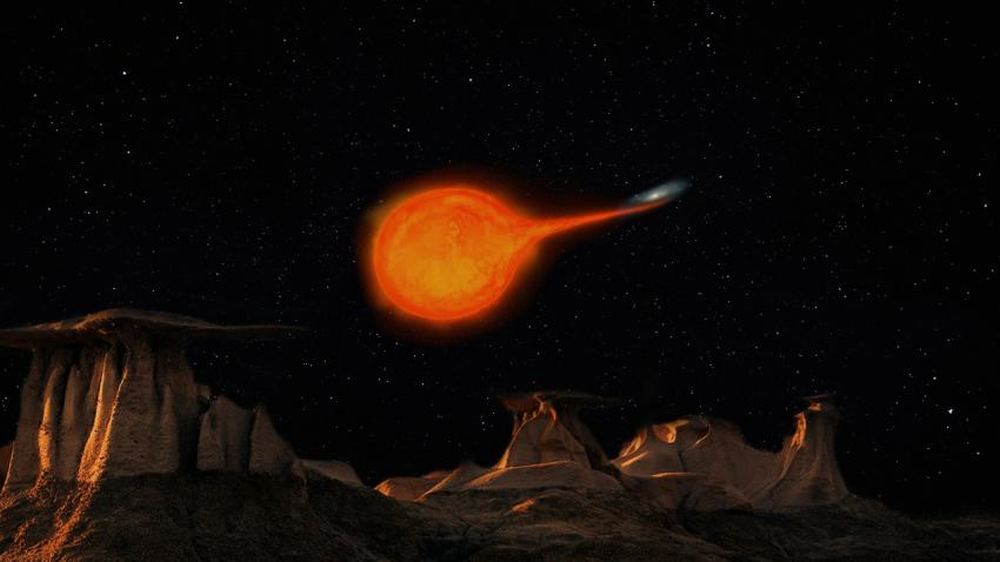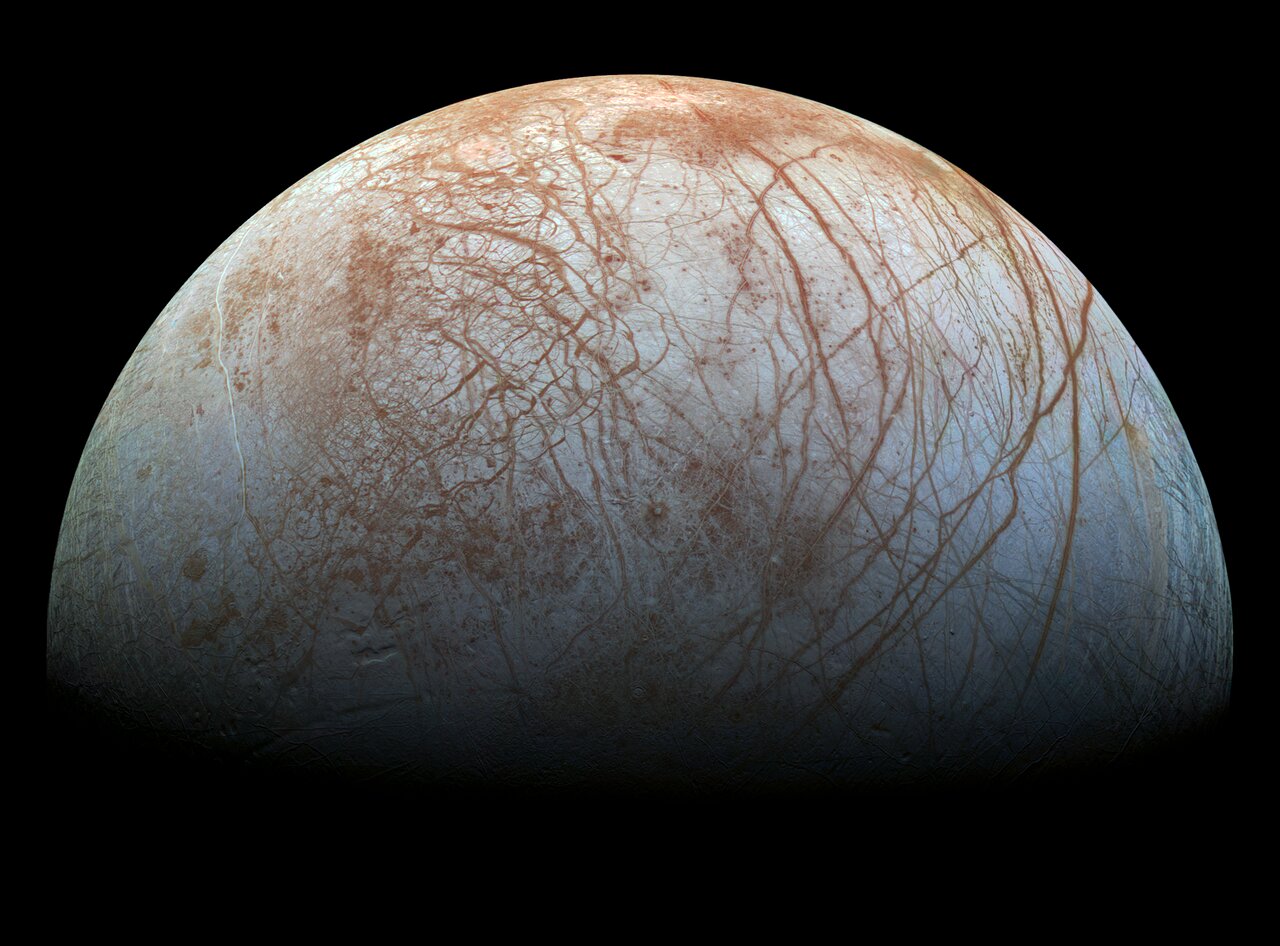Although we have found thousands of exoplanets in recent years, we really only have three methods of finding them. The first is to observe a star dimming slightly as a planet passes in front of it (transit method). The second is to measure the wobble of a star as an orbiting planet gives it a gravitational tug (Doppler method). The third is to observe the exoplanet directly. Now a new study in the Astrophysical Journal Letters has a fourth method.
Continue reading “A new way to Discover Planets? Astronomers Detect an Exoplanet by Seeing its Trojan Belts”A new way to Discover Planets? Astronomers Detect an Exoplanet by Seeing its Trojan Belts


